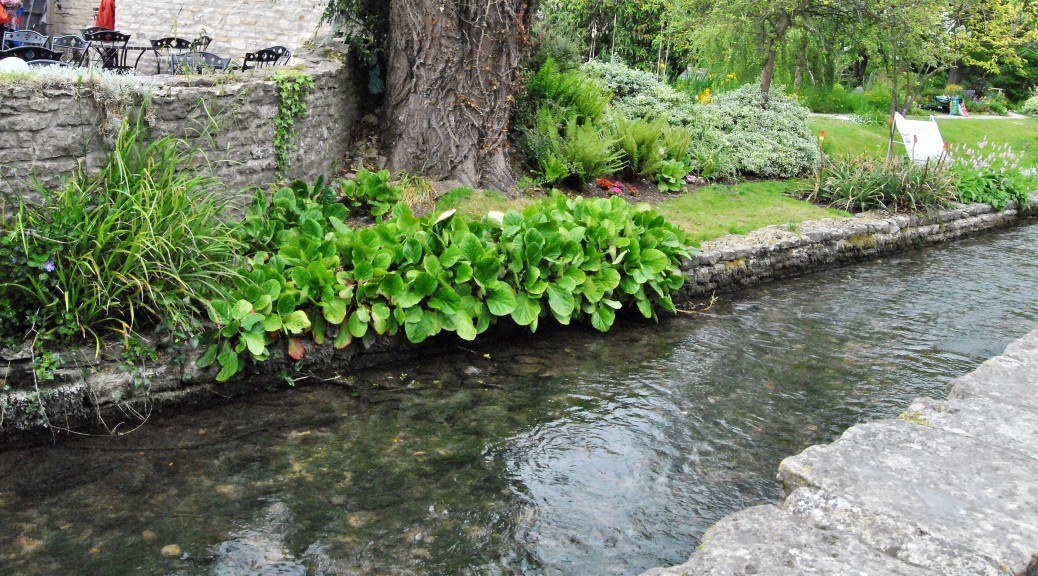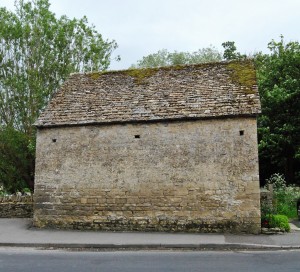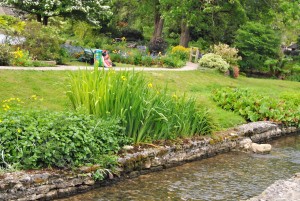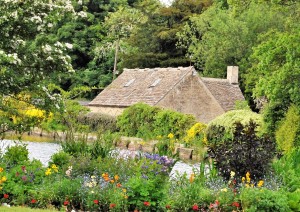Well folks the weekend is almost here. I have plans–do you?
Pictures today are from Bibury in the Cotswolds (STILL) and my day tour “Lunch in the Cotswolds” which was great fun.
Quotes are from the Florida Heritage Publication: FLORIDA NATIVEE AMERICAN HERITAGE TRAIL. Wed we looked at small towns in Central Florida and found just cause you’re in the middle of basically no where in particular you can still have points of interest including infamy…..yesterday we looked at towns with interesting places…and one that actually was the place itself out and about in the UK. Today we’re taking a different view and looking at Native American points of interest out and about in Florida again.
Oh and there will be Outlander points of interests too!
“People first arrived in what is now known as Florida more than 12 millennia ago…The land mass of Florida extended 100 miles farther into the Gulf of Mexico, and the climate was cooler and drier than today.”
 200 piece NASCAR BILL ELLIOTT 1990 PUZZLE UNOPENED http://www.ebay.com/itm/262723418979?ssPageName=STRK:MESELX:IT&_trksid=p3984.m1555.l2648
200 piece NASCAR BILL ELLIOTT 1990 PUZZLE UNOPENED http://www.ebay.com/itm/262723418979?ssPageName=STRK:MESELX:IT&_trksid=p3984.m1555.l2648
NORTH WEST
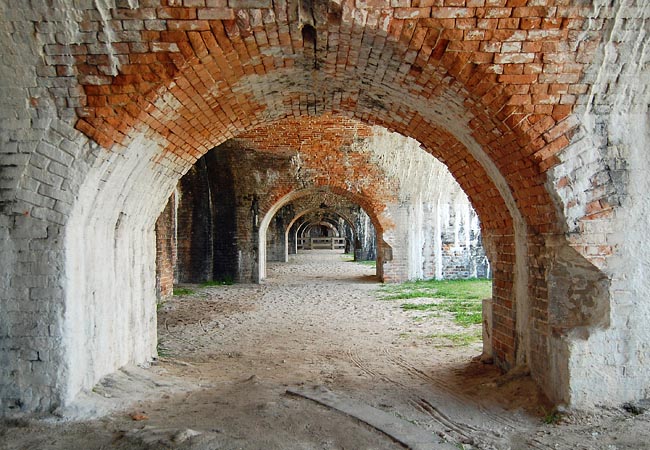
you may have heard of Pensacola, even Pensacola Beach
but
Fort Pickens
Gulf Islands Nation Seashore
may not be as familiar.
So besides giving the Indians a bad time why would this fort built in the early 19th c (1829 – 1834) and which remained in active use until the 1940s be of any importance? Well you see I started with the INFAMY on this one as the fort was a famous prison for the Apache chief Geronimo from 1886 – 1888. He had originally been sent to Ft. Marion in St. Augustine, but leaders in Pensacola insisted he would be less likely to escape from the more isolated Ft. Pickens….but accounts of the time seem to indicate that in true Florida tradition he was used as a tourist attraction. “In one day he had over 459 visitors with an average of 20 a day during the duration of his captivity at Fort Pickens.” http://americanhistory.about.com/od/nativeamericans/a/geronimo.htm He was eventually moved from Florida, but he would remain a prisoner the rest of his life (he died at age 90 in Ok. in 1909) but during this time he did make appearances at the world’s fair and Teddy Roosevelt’s inauguration according to his obituary in the NY Times. http://www.nytimes.com/learning/general/onthisday/bday/0616.html
TALLAHASSEE
LAKE JACKSON ARHEOLOGICAL STATE PARK
https://www.floridastateparks.org/park/lake-jackson
This is a more traditional native to Florida Indian site. The park includes six earthen temple mounds and one possible burial mound. Part of the South Eastern Ceremonial Complex. The exhibits explain the history and beliefs of the native people who lived here. It must be noted that this is a very old Native People dating to late prehistoric period. “Artifacts found at the Lake Jackson site include plain and repoussé copper plates, copper headdress badges, engraved shell gorgets,[11] pearl beads, copper axes, and stone and ceramic pipes.[9] Many of these pieces had motifs representative of the Southeastern Ceremonial Complex or SECC. Similar artifacts have been found at the Spiro Site in Oklahoma, the Moundville Site in Alabama and Etowah Mounds in northwestern Georgia. ” https://en.wikipedia.org/wiki/Lake_Jackson_Mounds_Archaeological_State_Park
TALLAHASSEE
MISSON SAN LUIS
http://www.missionsanluis.org/index.cfm
This is the 17th c mission and includes a fort, church, Apalachee Council house as well as Spanish and Apalochee houses that were recreated based on archeological excavation at the site. “Catholic missionaries labored to convert the Indians to Christianity, and they experienced some success baptizing and transforming the Guale (located in what is now north central Florida) and Timucuan peoples Jackson/St. Augustine area) into farmers. But even the most cooperative Indians continued to maintain their own religious and cultural traditions, and many priests concluded that the Indians were inferior and incapable of understanding Christianity. ” http://teachinghistory.org/history-content/ask-a-historian/2544 If you decide to visit this mission site there are living history demonstrations of life and tasks in a 17th c mission.

“About 4,500 years ago Florida Indians living in villages in northeast and southwest Florida began making fired clay pottery. Prior to that time containers were fashioned from gourds, wood shell basketry and even stone.”
NORTH CENTRAL REGION

CEDAR KEY
SHELL MOUND
LOWER SWANNEE NATIONAL WILDLIFE REFUGE
https://www.fws.gov/refuge/Lower_Suwannee/about.html
The interesting part of history is while modern people try to find ways of getting rid of garbage, historian love nothing better—-as long its really, really, old garbage. Take for instance this park which contains (as do many sections of Florida including St. Pete and New Smyrna–on the water side)a shell mound which the state describes as “built” but if you think more of just a stack where your family and all the other families on your block throws your left overs…in this particular case empty oyster and claim shells and though these mounds don’t look like much (or rather they look like what they are–a big stack of garbage that’s been setting there for between 1,800 to 400 years) they have proven a treasury for people researching local tribes. Wild this may not sound too exciting for you, it’s a good excuse for a little exercise while impressing your kids with your native logical knowledge (there’s a hiking trail to the mound). Besides the “Refuge headquarters is located 200 yards from the historic Suwanee River; the shaded River Trail leads you to an observation deck at the river’s edge. The 53,000 acres flank the last twenty miles of the Suwannee River and cover 30 miles of Gulf coastline. Foot trails, boardwalks, paddling trails, wildlife drives, archaeological sites, observation decks and fishing piers offer recreation opportunities in both the Levy and Dixie County sides of the Suwannee River. ” so you can include in a full day of activities
LIVE OAK
SWANNEE CO HISTORICAL MUSEUM
http://www.museumsusa.org/museums/info/1160505
Here you ‘ll find displays on the area’s first inhabitants (12,000 years ago) and also more recent inhabitants such as a recreation of a 16th c. Timucua village as well as exhibits on animals indigenous to the area. For incidence did you know that know that Florida was once home to home to really big creatures like mastodons, wooly mammoths, giant sloths (a complete 30’ tall skeleton can been seen at the Art/History museum in Daytona. http://www.moas.org/main.cfm
Finally
MICANOPY
PAYNES PRAIRIE PRESERVE STATE PARK
https://www.floridastateparks.org/park/Paynes-Prairie
This is an area rich in native American heritage and the park’s (which has a resident herd of buffalo) visitor’s center features exhibts on the area’s natural and cultural history including pre-Spanish and Seminole period. But my favorite part of this area is the fact that is that ” the 18,000-acre prairie has been a lake several times in history, and could easily become one again if the Alachua Sink, the depression`s natural drain into the Florida aquifer, gets plugged up with logs and debris, Ranger Charlie Brown said.” http://articles.chicagotribune.com/1991-12-29/travel/9104260758_1_wild-horses-bison-spanish-florida Seems like the last time this happened was in 1871 when Alachua Lake was created and was a lake for 15 years and was populated with steamboats and the like. Then in 1891 the sink opened up in mid Sept and for about a month started dropping approximately 8′ a day until it returned to the marshy land you see today–oh and according to the rangers it could happen again if the sink becomed blocked.

“Florida’s native people used chert to make a wide variety of tools. Because this flint-like rock is durable, chert tools and the waste flakes that result from their manufacture are common artifacts in Florida.”
|
|
|
|
